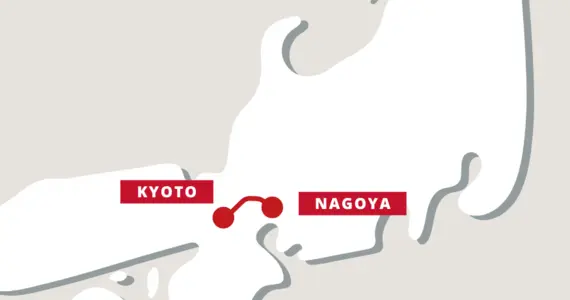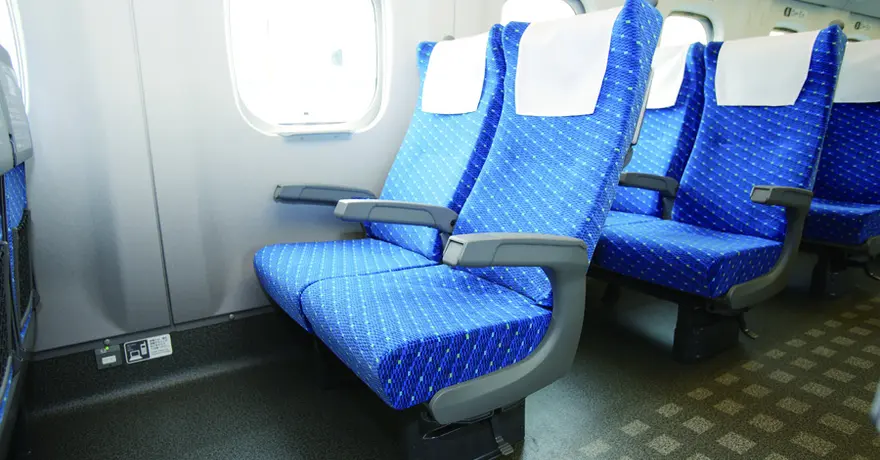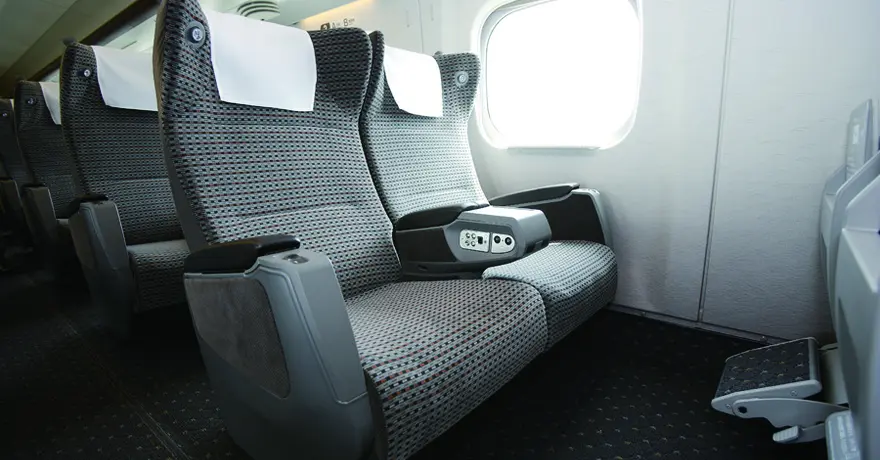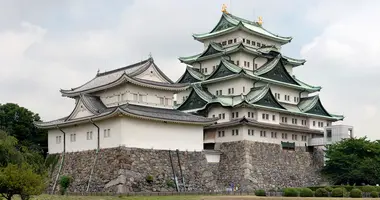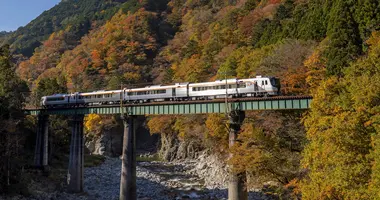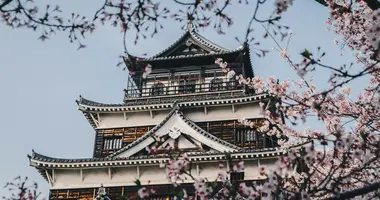Train Tickets from Nagoya to Kyoto
Official train tickets seller
Choose your preferred seat
7/7 Assistance

Travel conditions
Ticket type
Passenger information
Seating options
Buy your train tickets in Japan in 3 easy steps
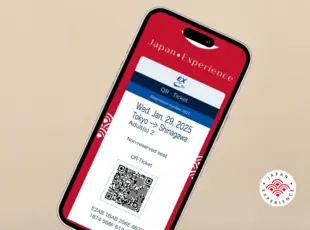
Choose and buy your train tickets for your preferred travel date
Receive your e-ticket one month before departure
Scan your e-ticket in train stations in Japan
Trains in Japan: what does it look like?
What our customers say about us
Travel advice from our Japan train expert
Traveling by train in Japan
Japan boasts a highly developed rail system, making it an incredibly practical mode of transportation for both locals and visitors. As a result, many people find themselves using trains almost daily, whether it's local lines or the renowned Shinkansen bullet trains. For first-time travelers to Japan, the significance of train travel during their visit is likely to be a consideration.
Although train travel is a common aspect of life in Japan, there are several things that newcomers should be aware of or prepare for before they board. This is true even for those coming from countries with a strong train travel culture.
What makes trains so popular in Japan?
Japan's rail system is regarded as one of the finest globally. Riding the train in Japan can be described in three words: efficient, fast, and clean. Until you experience it firsthand, it’s difficult to grasp just how easy and remarkably convenient train travel is in Japan. Even with millions of passengers using the rail system daily, trains remain immaculate, punctual, and well-maintained. For many, this may seem like a dream compared to the train services in their own countries.
There are numerous factors contributing to this remarkable railway system, but it primarily stems from Japan's dependence on imported fossil fuels, which led the nation to significantly invest in its train transportation network. Since the late 1800s, Japanese train companies have been constructing lines to transport people and goods efficiently from one location to another, and as a result of this extensive network, cities began to develop around train stations. While much of Western urban development has centered on car-oriented infrastructure, Japan has largely shaped its urban expansion around train stations. In most Japanese cities, you will find that train stations serve as the economic and demographic hubs of the area.
Through strategic investment in its train system, Japan has successfully established one of the most dependable, swift, and safe rail networks globally!
Shinkansen information
To travel from Nagoya to Kyoto, a convenient and popular option is to take the Shinkansen train, also known as the high-speed train. These express trains connect the two cities in around 30 minutes, offering you a fast and efficient way to get from one metropolis to another. Sit back, relax and enjoy the scenery as it flies by at high speed through the Shinkansen's panoramic windows, giving you a glimpse of Japan's magnificent urban and natural landscapes along the way.
